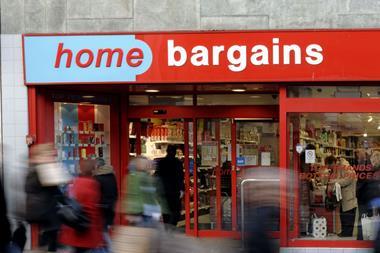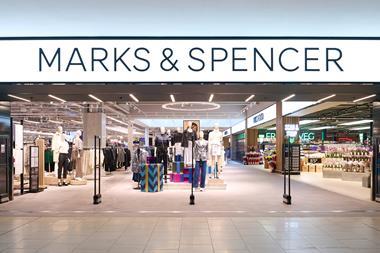
Retailers are constantly looking to generate new advertising revenue streams from brand owners.
We’re all too familiar with traditional, static point of sale or purchase advertising, while consumers have slowly also become accustomed to seeing digital screens in stores.
So post-Covid, grocers have looked to new methods: they’re monetising the increased numbers of “eyeballs” that their loyalty schemes and e-commerce sites attract. In the UK, Tesco has its Media & Insight Platform, while Sainsbury’s launched its Nectar360 offering.
Walmart is now pushing even further into in-store retail media. The US retail giant is looking to expand its number of in-store advertising activations, which already include TV walls and self-checkout ads with its Walmart Connect services.
In fact, Whitney Cooper, head of omnichannel transformation for Walmart’s retail media network, said in a recent blog post, “the next frontier of retail media is in-store experiences”. It’s a frontier that every grocery retailer must heed.
Walmart recently revealed the results of a pilot product demo programme it ran across 25 stores in April, which paired a demo cart with QR codes that linked back to a curated Walmart.com landing page. It is now offering demos from Friday to Sunday at more than 120 stores, with a target to expand to 1,000 by the end of 2023. The aim is to use these demos to bridge the digital-physical divide.
But most significantly, it is running beta tests of product demos and ad placements on Walmart Radio, its in-store audio feed. The retailer is offering brands the opportunity to purchase audio ads by region or even by individual store on the Walmart Radio Network. This is the first time advertisers have been able to reach target consumers in this way, and it marks a new frontier in the development of the physical store as a multifaceted retail media asset.
The move is also designed to double down on the one thing Walmart’s main competitor, Amazon, doesn’t have at scale: physical stores. Even though Amazon dominates the US retail media market, with 77% of the market according to Insider Intelligence, it hasn’t got an omnichannel proposition to match.
Some 77% of CPG brands already work with Amazon, according to Merkle. But 56% also work with Walmart Connect – a percentage the retailer will no doubt be looking to grow as it builds out its omnichannel-focused, in-store media proposition.
Of course, Cooper was keen to stress how the new in-store ad opportunities would not only offer additional opportunities for advertisers to increase their reach, but would add value for customers.
“Walmart Connect’s focus isn’t just on what we can do with Walmart’s physical footprint, but what experiences we can create that are additive and relevant to our customers, to help them save time and money and, in turn, create meaningful connections between our customers and the brands that work with us,” she said.
The ability to run full-funnel marketing and advertising campaigns from above the line, and build brand awareness right through to the moment of truth at both the digital and physical shelf-edge, is an opportunity every grocer should be looking to exploit. Omnichannel marketing is finally beginning to come of age.



















No comments yet